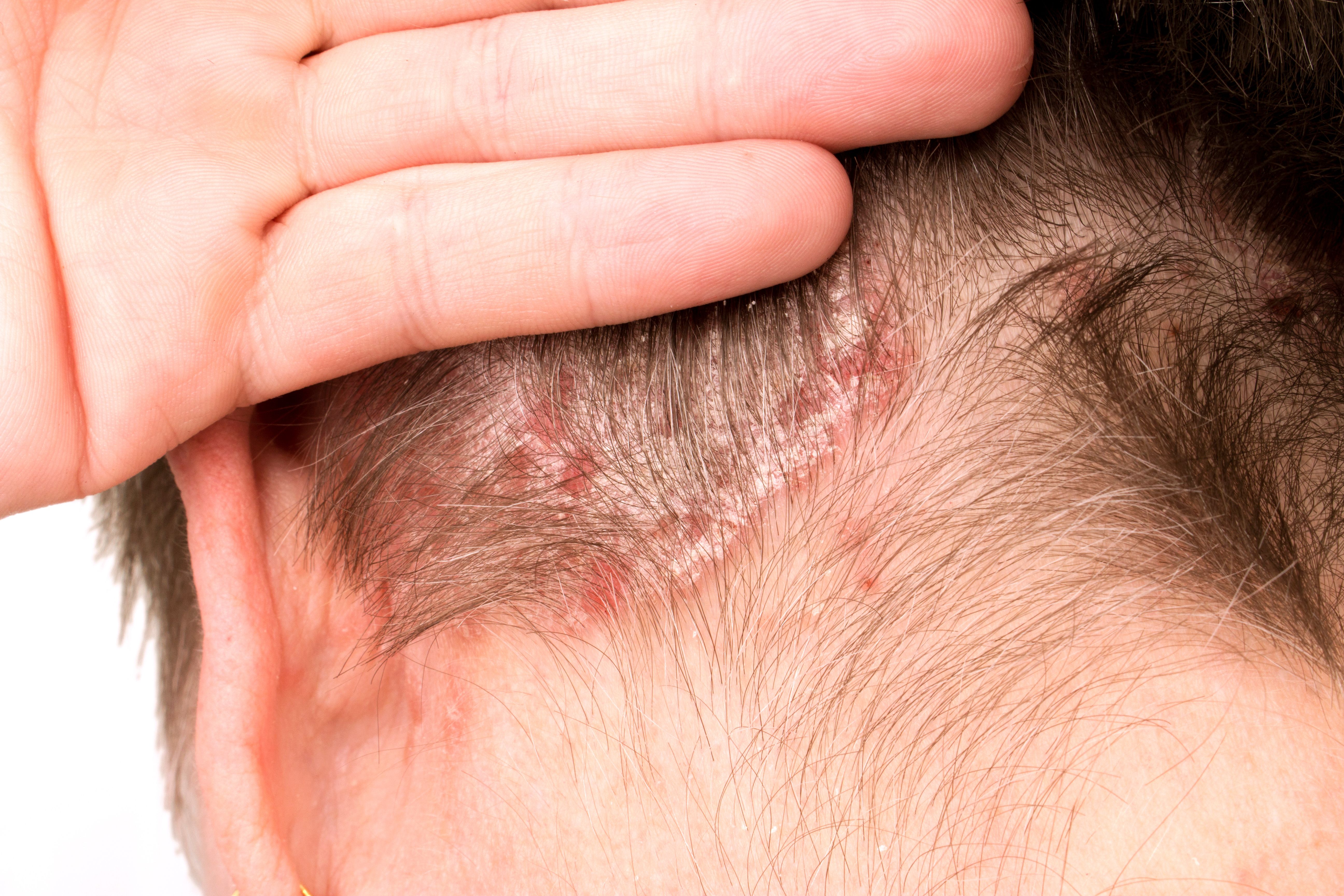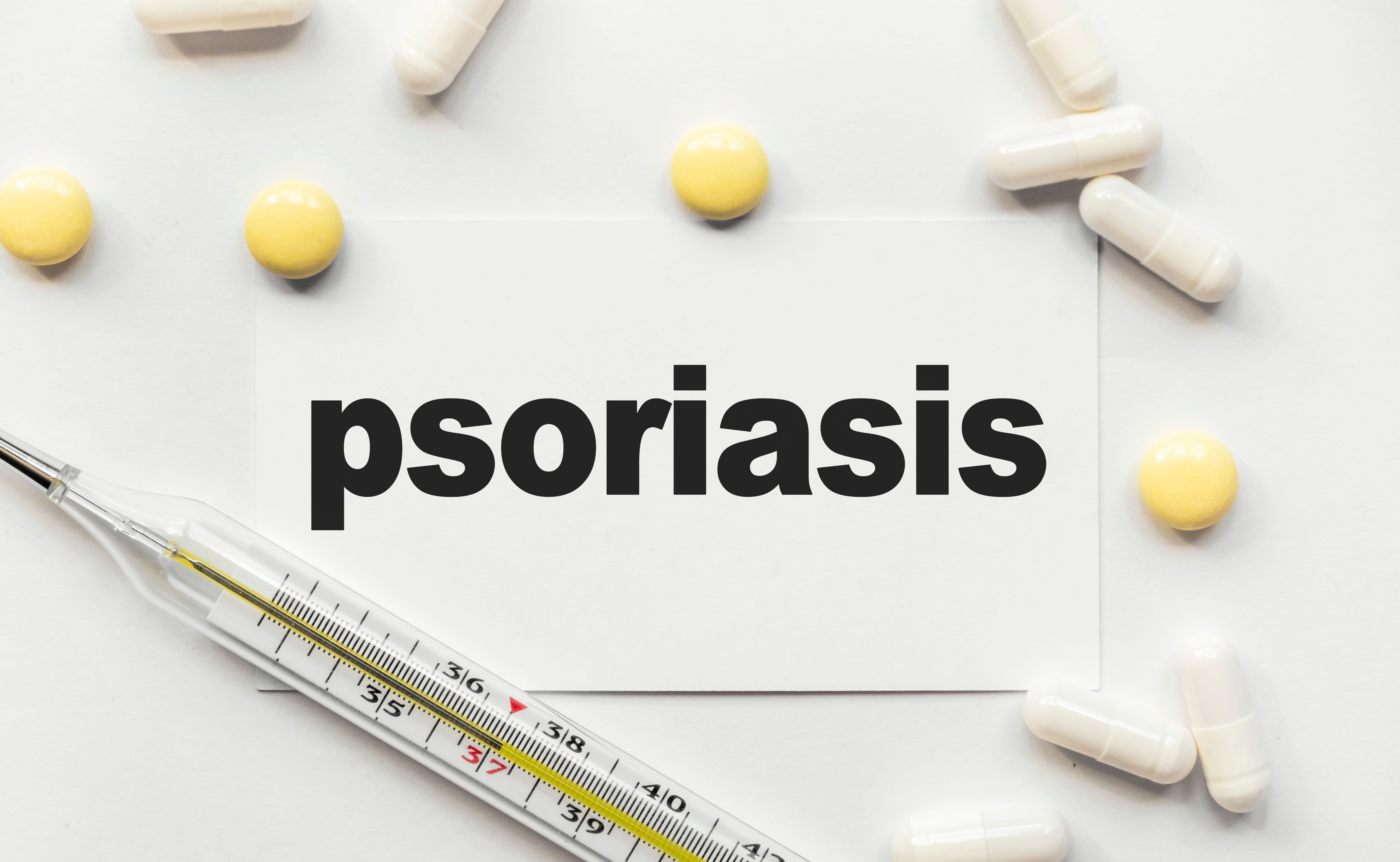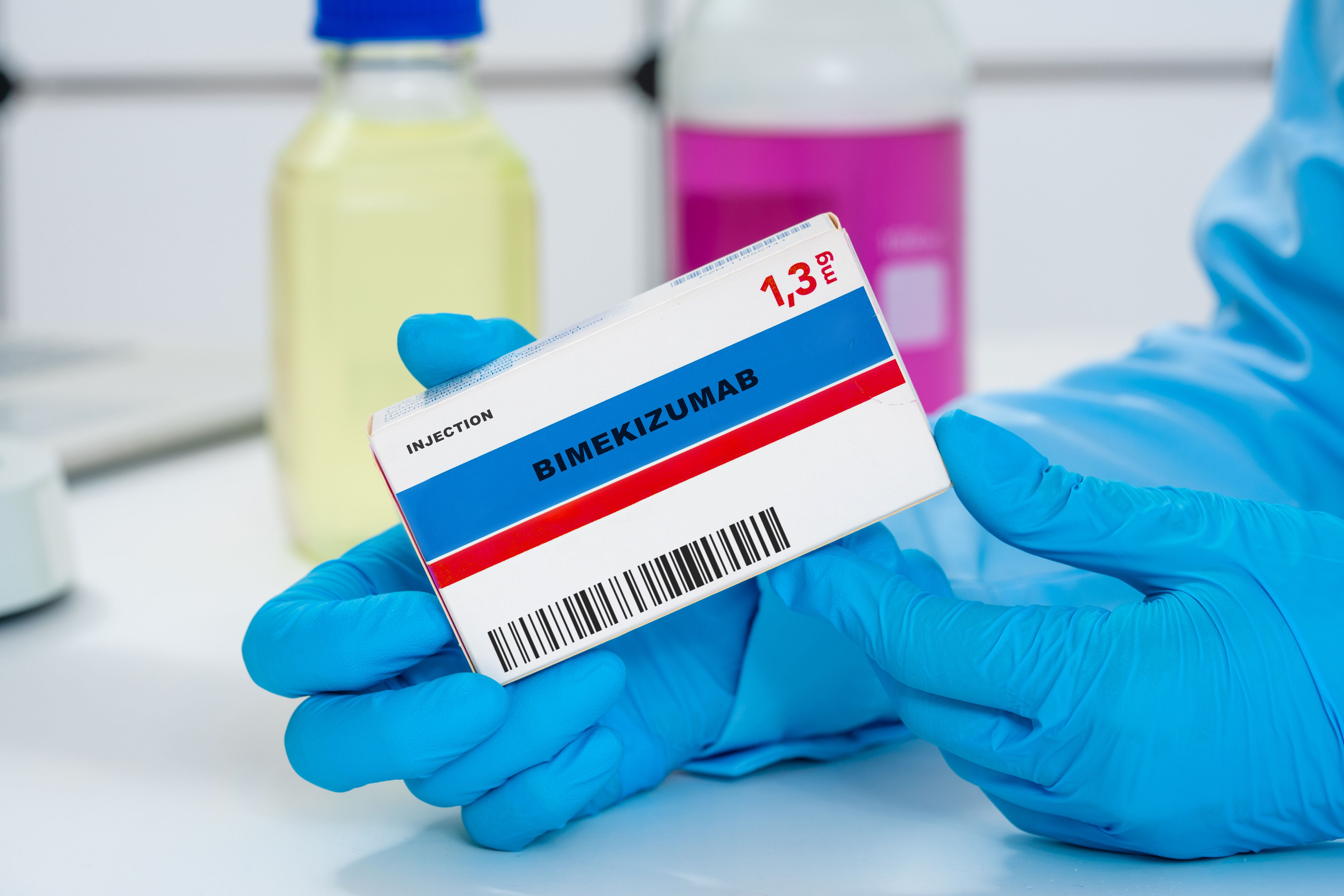Article
Tildrakizumab Shows Benefit for Patients With Psoriasis With Metabolic Syndrome
Author(s):
A recent study illustrated the benefits of tildrakizumab for patients with psoriasis with comorbid metabolic syndrome.
A recent study presented at the 28th European Academy of Dermatology and Venereology Congress (EADV) illustrated the benefits of tildrakizumab for patients with psoriasis with comorbid metabolic syndrome. The results came from long-term follow-up data from phase 3 reSURFACE 1 and 2 trials for tildrakizumab (Ilumya).
The data showed that the significant response rates seen in the initial 52 and 64 weeks, respectively, were maintained over 4 years for people with moderate-to-severe plaque psoriasis, with more than half of participants achieving at least a Psoriasis Area Sensitivity Index (PASI) score of 90, meaning 90% of their skin were cleared of lesions.
Over 3 years, 75% to 100% skin clearance was reached over 3 years and was sustained equally in patients with and without metabolic syndrome. Metabolic syndrome is determined by elevated blood pressure, body mass index/obesity, triglycerides, glucose, and low HDL cholesterol levels.
Researchers used a body mass index (BMI) of 28 versus a BMI of 35 to determine metabolic syndrome status, said Jefferey Crowley, MD, a dermatologist and one of the authors of the study, in an interview with The American Journal of Managed Care®.
Heavier patients with psoriasis are more treatment resistant, he said, but tildrakizumab, part of the class of psoriasis biologics that block interleukin-23 (IL-23), has good efficacy in those with metabolic syndrome, he said. It is given by injection every 12 weeks and unlike other drugs where serum levels have to be maintained, he said with tildrakizumab a provider could do intermittent dosing; the serum levels by the next dose are close to zero.
Eligible participants in the tildrakizumab phase 3 reSURFACE 1 and 2 trials who remained on treatment for the open-label extension studies received tildrakizumab for a total of 208 weeks (reSURFACE 1) and 200 weeks (reSURFACE 2).
In reSURFACE 1, 69% and 71% of patients with and without metabolic syndrome achieved PASI 75, respectively; 42% and 51% of patients with and without metabolic syndrome achieved PASI 90, respectively; and 27% and 23% of patients with and without metabolic syndrome achieved PASI 100, respectively. In reSURFACE 2, 73% and 79% of patients achieved PASI 75; 57% and 60% achieved PASI 90; and 34% and 32% achieved PASI 100, respectively.
At 3 years, adverse events were commonly associated with metabolic syndrome, including infections, cardiovascular events or complications of diabetes; however, there were no observed differences in safety outcomes among patients with and without metabolic syndrome.
“Our data is very clean,” said Crowley.




